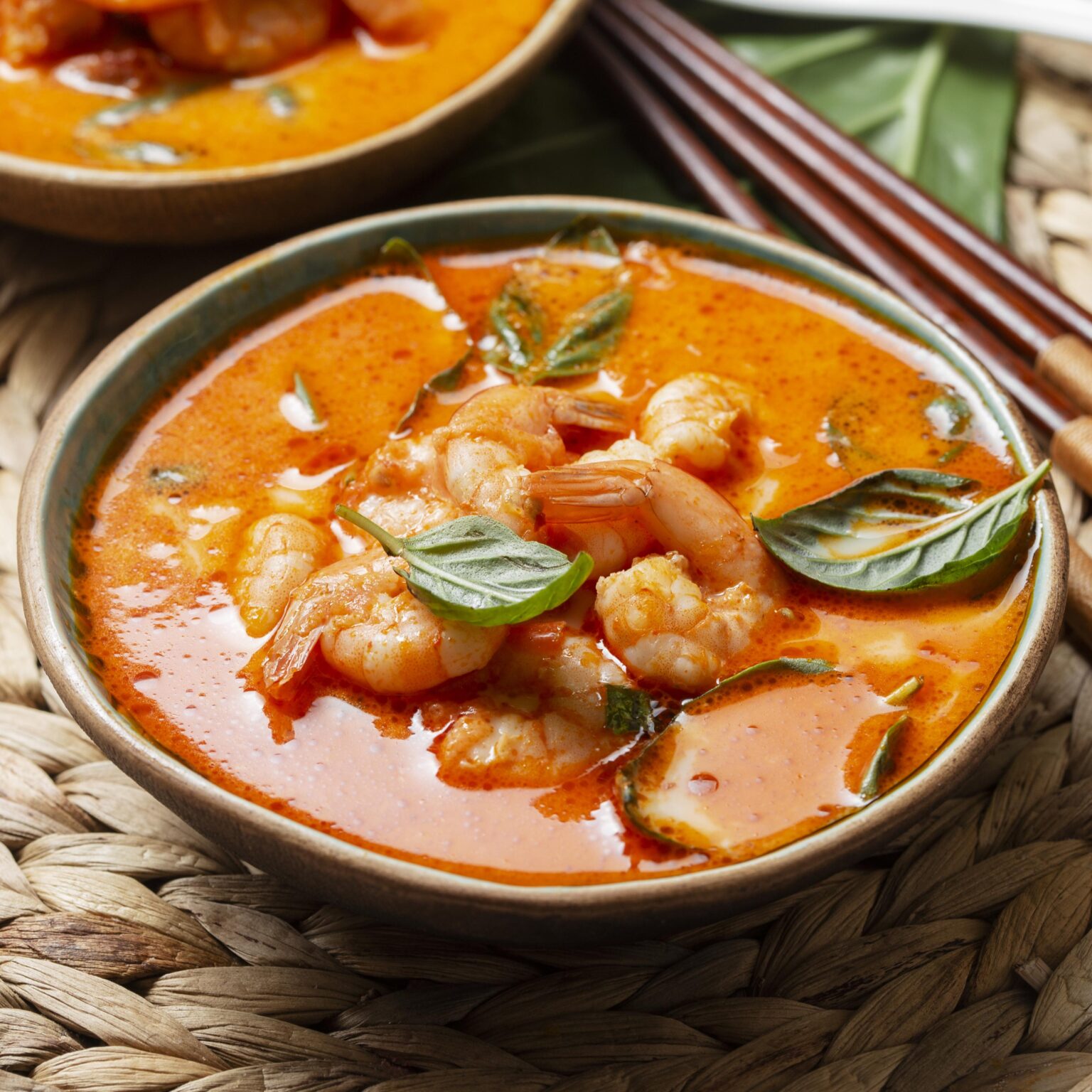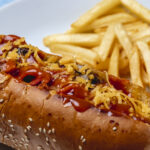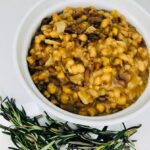Djibouti, a small country located in the Horn of Africa, is known for its diverse culture and rich culinary heritage. Djiboutian cuisine reflects the region’s geographical location and cultural influences from Arab, Somali, and Ethiopian traditions. In this article, we will explore the top 10 most eaten foods in Djibouti, providing a tantalizing taste of the country’s gastronomic delights.
- Lahoh: Lahoh is a popular Djiboutian staple, often considered the national dish. It is a spongy pancake-like bread made from fermented batter, consisting of flour, water, and yeast. Lahoh is typically served with honey, ghee (clarified butter), or savory stews such as maraq (a meat-based soup).
- Skoudehkaris: Skoudehkaris is a traditional Djiboutian dish that combines rice, meat, and vegetables. Typically prepared with lamb or goat, the meat is slow-cooked with fragrant spices, then mixed with rice and a variety of vegetables such as carrots, potatoes, and onions. Skoudehkaris is a flavorful one-pot meal that showcases the culinary influences from neighboring countries.
- Fah-fah: Fah-fah, also known as suqaar, is a savory Djiboutian meat stew made with diced beef or goat. The meat is cooked with onions, garlic, and spices until tender, resulting in a rich and aromatic dish. Fah-fah is often served with basmati rice or flatbread, and its flavors are further enhanced with a squeeze of lemon or lime.
- Cambaabur: Cambaabur is a popular Djiboutian breakfast dish. It is a savory pancake made from a mixture of flour, water, and salt, cooked on a hot griddle. Cambaabur is typically enjoyed with honey, ghee, or a sprinkle of sugar, providing a delicious start to the day.
- Sabayad: Sabayad is another type of Djiboutian pancake that is enjoyed for breakfast or as a snack. It is made from unleavened dough, rolled out thinly, and cooked on a griddle. Sabayad can be served with various accompaniments, such as honey, jam, or a spread of savory ingredients like cheese or ground meat.
- Suugo Suqaar: Suugo Suqaar, a Somali-inspired dish, is widely consumed in Djibouti. It consists of tender meat (usually beef or goat) cooked in a flavorful tomato-based sauce. The meat is sautéed with onions, garlic, and spices, then simmered in a tangy tomato sauce until it reaches a thick consistency. Suugo Suqaar is often served with rice or injera (a sourdough flatbread).
- Lahoh with Maraq: Maraq is a popular Djiboutian soup that is often enjoyed with lahoh. This hearty soup is made with meat (such as goat or chicken), vegetables, and aromatic spices. The ingredients are simmered together to create a flavorful broth, which is then served with pieces of lahoh for dipping.
- Muufo: Muufo is a Somali-style flatbread that has gained popularity in Djibouti. It is made from a mixture of flour, water, yeast, and a pinch of salt, then cooked on a griddle or stove. Muufo can be enjoyed on its own, used as a base for stews, or served with dips and spreads.
- Xalwo (Halva): Xalwo, also known as halva, is a sweet treat commonly found in Djibouti. It is a dense and chewy confection made from a combination of sugar, butter, and ground nuts, such as sesame or peanuts. Xalwo is often flavored with cardamom or vanilla and is enjoyed as a dessert or during special occasions.
- Bajiyos: Bajiyos, or bhajiyas, are deep-fried fritters made from a variety of vegetables, such as potatoes, onions, and chili peppers. The vegetables are mixed with a spiced batter made from chickpea flour and fried until golden and crispy. Bajiyos are a popular street food in Djibouti, enjoyed as a snack or appetizer.
Djiboutian cuisine offers a unique blend of flavors and influences, resulting in a diverse array of dishes. From the traditional lahoh to the aromatic skoudehkaris and the savory suugo suqaar, the top 10 most eaten foods in Djibouti showcase the country’s culinary treasures. When exploring Djibouti, be sure to immerse yourself in these delightful flavors and experience the rich cultural heritage that shapes the nation’s gastronomy.








